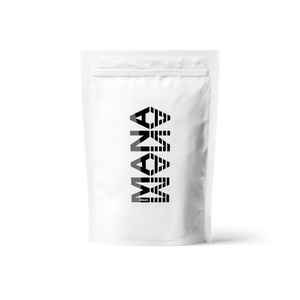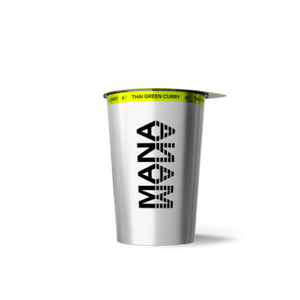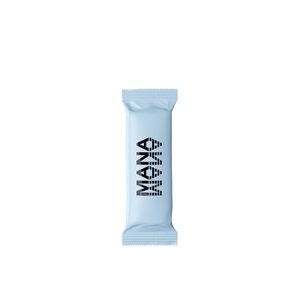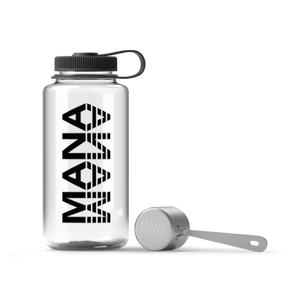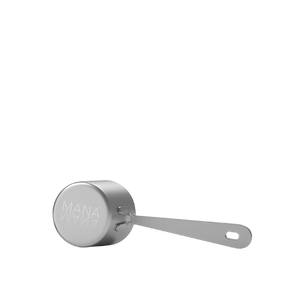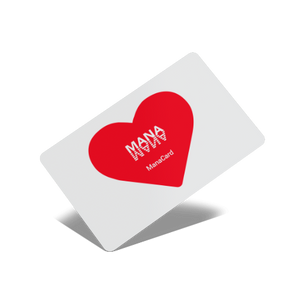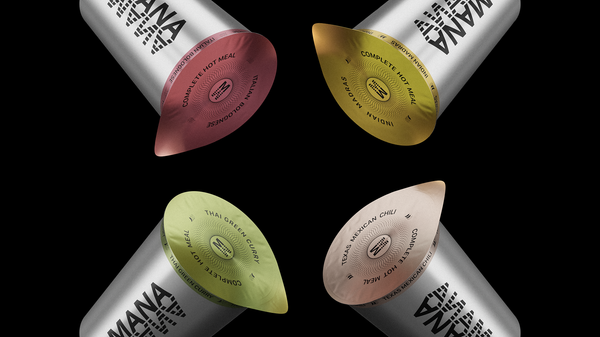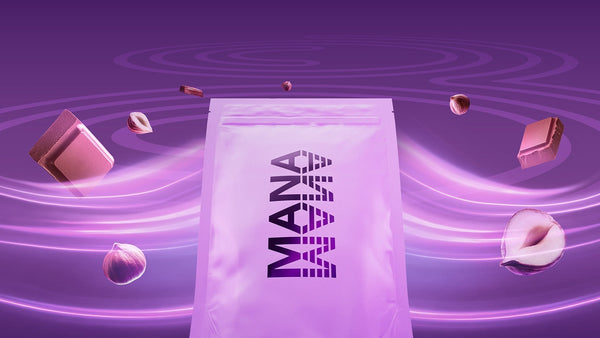
In order for our body to maintain all its vital functions, it needs energy. Energy is supplied primarily by carbohydrates, or sugars, and partially by fat and protein. Yet intake of carbohydrates, especially simple carbohydrates, can be harmful and even lead to diabetes. The glycemic index (GI) of a food indicates how the food behaves in our body once consumed. But what exactly does this mean and what does Mana’s GI of 29 say about it?
What is the glycemic index?
Simply put, the glycemic index expresses on a scale of 0 to 100 how fast a given food causes an increase in glycemia, i.e. blood glucose levels. Glycemic index may vary greatly between foods. Yet generally speaking, they fall into three main categories:
- Low-GI foods (with GIs less than 55)
- Medium-GI foods (56 – 69)
- High-GI foods (70 and above)
High-GI foods contain carbohydrates that are broken down and absorbed quickly, providing instant energy. However, hunger tends to return sooner after consumption of such foods. The “fastest” sugar is pure glucose (grape sugar), which has a GI of 100. Sucrose, which is classic white table sugar from sugar beets or sugar cane, has a GI of 68.
The sugar of low-GI foods, on the other hand, is absorbed more slowly into the blood. These foods produce longer feelings of satiation and cause smaller fluctuations in blood glucose between meals. This makes them more appropriate for the prevention and treatment of diabetes, as well as short-term weight loss.

Graph: Average absolute glycemic values over time. The data is shown as the mean ± SEM; p >0.0001 for interaction time vs. test, two-way ANOVA.
What determines the glycemic index?
The glycemic index of a given food depends mainly on the structure of the carbohydrates therein. The more sugars and starches the food has, the higher its index. The more complex the sugar, the lower its index. But GI is not only about carbohydrate structure.
It’s also about the ratio of carbs to other macronutrients, i.e. protein and fat. Adding protein and fat to a food or meal lowers the overall GI. For example, bread with butter has a lower GI than just bread. Fiber plays an important role as well, as it slows the digestion of sugars. For instance, long-grain white rice has a GI of 60, while brown rice, which is higher in fiber, has a GI of 50.
Finally, the GI of a food is affected by how it is cooked or processed. Potatoes are a perfect example – baked potatoes have a GI of about 80, while boiled potatoes have a GI of about 50.
Why should we pay attention to glycemic index?
Consumption of low-GI foods is generally beneficial for all healthy people, helping to prevent diseases of civilization. Indeed, heavy consumption of high-GI foods can result in chronically elevated blood glucose levels (hyperglycemia), which is a risk factor for a number of diseases, such as type 2 diabetes, or cardiovascular diseases such as atherosclerosis.
In contrast, diets based on low-GI foods help regulate not only blood sugar, but cholesterol (including LDL cholesterol, i.e. the “bad” cholesterol), and promote short-term weight loss.
In terms of GI, Mana is an exceptional food
Naturally, after creating Mana, we were interested in its glycemic index. So, some years ago, in cooperation with Charles University and the Kralovske Vinohrady University Hospital in Prague, Czech Republic, we carried out a clinical study on the glycemic and insulin indices of ManaDrink (on sale only in Europe).
Due to the drink’s ratio of micronutrients, which are perfectly balanced in accordance with the recommendations of the European Food Safety Authority (EFSA), as well as its rich fiber content and comprehensive spectrum of carbohydrates, we expected good results. And we got them!
ManaDrink was shown to have a GI of 29, making it a low-GI food. We believe the same is true of ManaPowder, given its nutritional composition is nearly identical to that of ManaDrink. A complete summary of the study can be read here. This is confirmation of the exceptional nutritional complexity of Mana.
And though Mana is not specifically intended for weight loss or therapeutic purposes, its low GI means that you can use it to replace any meal or every meal from breakfast to dinner without having to worry about overloading your body with carbs.
Finally, it should be emphasized that the glycemic index of individual ingredients cannot be considered in isolation. It must always be considered in the context of other macronutrients and, last but not least, caloric intake. Mana’s got you covered here, too. Not only is it nutritionally perfect, but it's incredibly easy to dose, so you can always keep your caloric intake under control.
----
ManaPowder | Origin

Sources:
(1) FAO/WHO Expert Consultation (1997) Carbohydrates in human nutrition. http://www.fao.org/docrep/w8079e/w8079e00.htm
(2) Mayo Clinic (2020) Glycemic index diet: What's behind the claims. https://www.mayoclinic.org/healthy-lifestyle/nutrition-and-healthy-eating/in-depth/glycemic-index-diet/art-20048478
(3) MedicalNewsToday (2019) Glycemic index: Everything you need to know. https://www.medicalnewstoday.com/articles/325660
(4) M L Wang, L Gellar, B H Nathanson, L Pbert, Y Ma, I Ockene, M C Rosal (2014) Decrease in Glycemic Index Associated with Improved Glycemic Control among Latinos with Type 2 Diabetes. https://pubmed.ncbi.nlm.nih.gov/25547339/
(5) D E Thomas, E J Elliott (2010) The use of low-glycaemic index diets in diabetes control. https://pubmed.ncbi.nlm.nih.gov/20420752/
(6) R Sichieri, A S Moura, V Genelhu, F Hu, W C Willett (2007) An 18-mo randomized trial of a low-glycemic-index diet and weight change in Brazilian women.
(7) M I Zafar, K E Mills, J Zheng, M M Peng, X Ye, L L Chen (2018) Low glycaemic index diets as an intervention for obesity: a systematic review and meta-analysis. https://pubmed.ncbi.nlm.nih.gov/30460737/